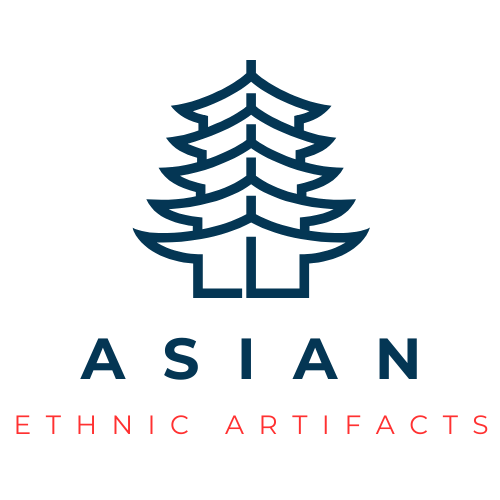A BRIEF HISTORY OF CHINA'S ETHNIC MINORITIES
Approximately 92% of China's population are Han in ethnicity. Thus, regional
differences aside, the majority population shares common beliefs,
history, and ancestry of the Han culture.
The remaining population consists of a number of smaller groups now known
as the “Ethnic Minorities”. According to the government, there are
roughly 55 separate minority groups. Many of these minority groups
have lived in China for thousands of years. and each group has its own history,
with stories of repeated wars and migrations. Many minorities sought the safety
of living in the more remote areas of China. Thus, as much as possible, they
stayed separate and apart from the mainstream Han population. There they were
able to develop their distinct ancestry, culture, language and customs.
The stability of the Chinese Han Culture prevailed and was considered to be
the history of China. Unless the minor groups inhabited useful land, little interest or
attention was paid to those outside the mainstream culture. For centuries, the Han only
distinguished the diverse groups by direction of the compass, to name a few minorities
by direction; the Di lived in the northern areas of China; the Rong were predominantly in
the west; the Yi, in the east; and the Miao lived to the south.
In 1911, the last Imperial Dynasty, (Qing), was unseated by the Nationalist Party of
Dr. Sun Yat-Sen. Though many of the Nationalists denied the concept of China as an
ethnically diverse nation, Dr Sun saw China as a "Republic of Five Nationalities". The 5 stars
on the Chinese Flag represented the Han, the Di, the Rong, the Yi and the Miao groups.
In 1949, the communist party came into power. Using the idea of the "Peoples Republic" as
a "unitary, multi-national socialist state" they initiated an effort to investigate and to
categorize the diverse groups within China's borders. An invitation was extended for
each group to register with the government for official status as an "ethnic minority".
Political and economic advantages were offered as incentives for the groups to register.
As a show of goodwill, the government made it illegal to use the term "tribe" which in
Chinese is pseudonymous with the term "dog" when referring to these groups. "Nationality"
was the official term. 300 groups responded. After several years of detailed studies and
field research investigating the claims of the different groups, the government recognized
55 ethnic minority groups as independent nationalities. Of course, some groups disagreed
with their official classifications...i.e. The "Miao" of Ge Jia claim they are not Miao but claim
themselves to be a separate minority group.
More to come

